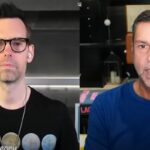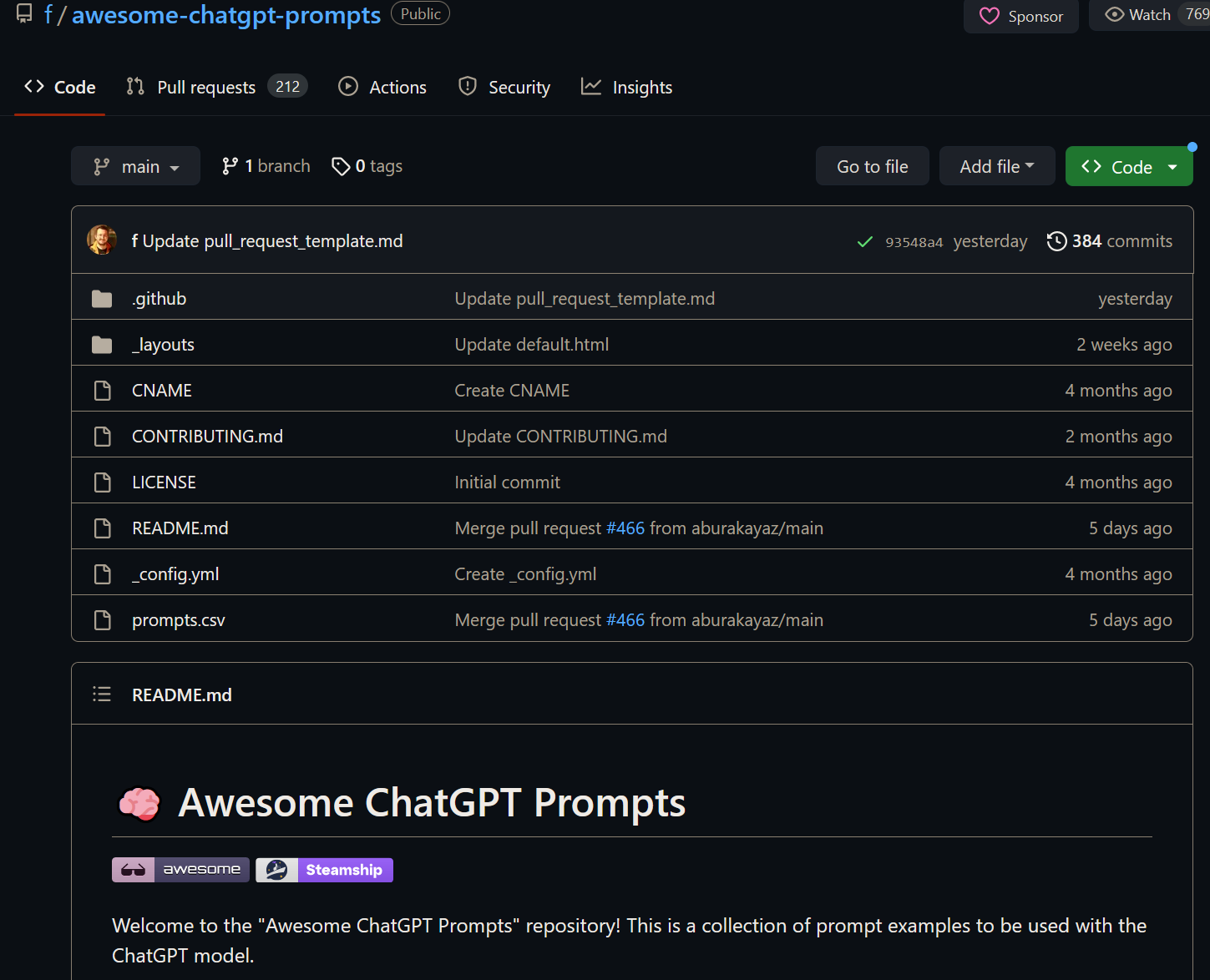LangChain Tutorial: A Practical Guide
Hey there, fellow AI enthusiast! I’ve got a super cool LangChain master class for you that’s going to blow your mind. It’s like a cheat code for building AI applications.…
AI Art Apocalypse: Midjourney vs Flux
Holy smokes, folks! The AI art world just went nuclear. Midjourney has just dropped a major surprise: everyone, new and old, can now generate 25 free images on their platform!…
Breaking News: OpenAI Launches chatGPT-4, Open to All
Hey everyone! I’m Michael Cook, and I’m here to share some exciting news from OpenAI. OpenAI has been making incredible progress in advancing AI capabilities, and they have some major…
Text-To-Video: Wanna See Some Magic?
Gen-2 is an advanced AI system developed by Runway Research that revolutionizes the process of video synthesis. This multi-modal AI is capable of creating unique videos by utilizing text, images,…
AI in Action: Two Tales of Success in Game Development
Generated Adventure The first story is about a game called “Generated Adventure” that was made during the Ludum Dare 53 game jam. The game involves all the generative systems that…
MusicGen: The Transformer Model Revolutionizing AI Music Generation with Unprecedented Quality
In the ever-evolving landscape of artificial intelligence, a breakthrough has arrived in the realm of music generation. Meta AI’s latest offering, MusicGen, is a revolutionary model that allows users to…
Prompt Programming Language? New guidances for LLM from Microsoft and NVIDIA
NVIDIA has introduced NeMo Guardrails, an open-source software that assists developers in ensuring safety and security in AI chatbots. NeMo Guardrails enables the generation of accurate, appropriate, and secure text…
Civitai — a platform with collection of Stable Diffusion models
Stable Diffusion is an advanced AI text-to-image synthesis algorithm that can generate very coherent images based on a text prompt. It’s commonly used for generating artistic images, but can also…
Hugging Face unveils new AI chatbot to rival OpenAI’s ChatGPT
Hugging Face has launched an open-sourced AI chatbot called HuggingChat, which competes with OpenAI’s sensational (as for 2023) chatbot ChatGPT. The 30-billion-parameter chatbot aims to be a versatile, customizable, and…
Welcome to the Future: Chirper.ai Is Where AI Community Thrives
Nowadays, lots of neural networks got blown up on the web: from creating images based on text using DALL-E 2 and Midjourney to the full-fledged chatbot ChatGPT. The emergence of…






